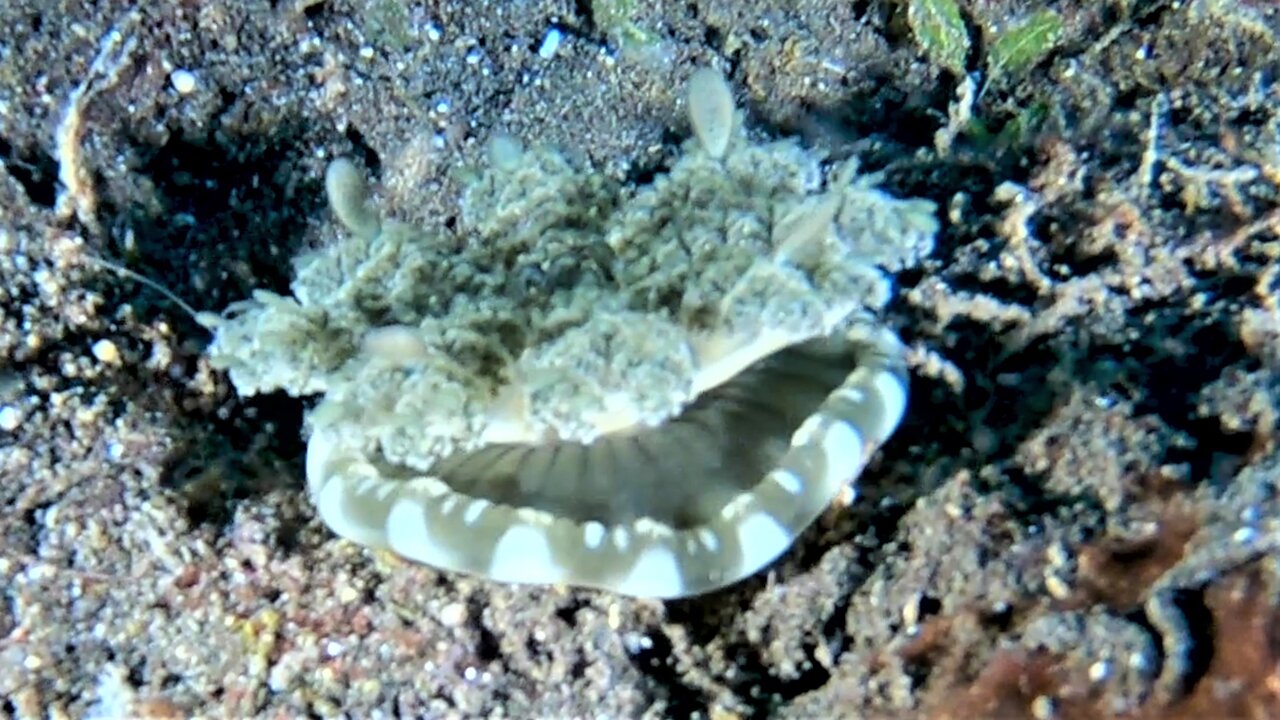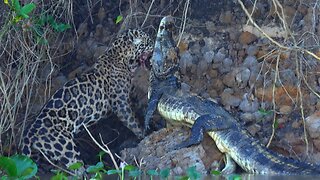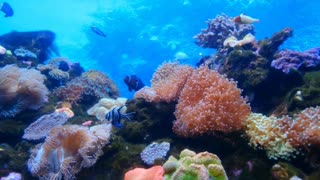Premium Only Content

This ocean animal has a very surprising way of obtaining food
The Cassiopea, or upside-down jellyfish is a very unusual member of the true jellyfish family. Like other jellyfish, it is capable of delivering a potent sting, but with this species, it does not do so to paralyze and ingest food. It uses its sting for self defense. Even the way it delivers this sting is highly unusual.
Most jellyfish have their sting cells in tentacles that trail underneath the animal. When a creature swims close enough to make contact, the jellyfish stings it and pulls it in to be ingested. The Cassiopea must live on the bottom of the ocean floor, pulsating as it filters water. Amazingly, the stinging cells are actually excreted in a mucous and they drift away from the Cassiopea, creating a cloud of stinging cellular masses that can irritate and repel predators. The jellyfish live in colonies or clusters, increasing the effectiveness of this stinging cloud. Swimmers have reported reactions to the stings just by being near the jellyfish, without coming into contact with them.
The reason that they live upside down is because they obtain food energy through a symbiotic relationship with other creatures called dinoflagellates that live within them. The dinoflagellates are able to produce energy through photosynthesis, creating a food source for their host jellyfish. They must also live in waters shallow enough to have sufficient light penetration for this process to occur.
Because of the appearance of the animal as it lies upside down, it is commonly referred to as the Medusa. Both the method of eating and the fact that the Cassiopea does not sting to prey on food make this a very unusual animal indeed. Scientists have only recently discovered that the jellyfish can release their stinging cells into their environment. The more we learn about our fascinating ocean creatures, the more we understand how limited our knowledge has been.
-
 3:31
3:31
WildCreatures
11 days ago $1.49 earnedJaguar struggles to drag caiman crocodile kill from the river in Brazil's Pantanal
12.8K10 -
 11:51
11:51
Ataezza
4 years ago $0.14 earnedOcean animal world
9921 -
 0:15
0:15
Aref
4 years ago $0.16 earnedAnimal funny food
38911 -
 1:49
1:49
WildCreatures
4 years ago $1.82 earnedWitness one of the most bizarre animals in the entire ocean
4.89K14 -
 1:18
1:18
WildCreatures
4 years ago $1.36 earnedThis frogfish is one of the most unusual creatures in the ocean
7.24K15 -
 2:28
2:28
KGUN
4 years agoAnimal Food Bank Donations
17 -
 4:00:42
4:00:42
Badlands Media
10 hours agoThe Narrative Ep. 35: Codex of Truth
82K40 -
 3:55:56
3:55:56
Due Dissidence
13 hours agoSchmuley TRASHES Shapiro, Maxwell Sings For Pardon, Uhuru Doc Preview - Live From St. Louis!
33.8K38 -
 LIVE
LIVE
Lofi Girl
2 years agolofi hip hop radio 📚 - beats to relax/study to
388 watching -
 2:23:21
2:23:21
PandaSub2000
5 days agoMadison VR (Part 4) | PSVR 2000 (Original Live Version)
18.6K2